Airbus Unveils ‘Hypercopter’ Patent For The World’s Fastest Helicopter.
We’ve just got to convince Airbus to make one…
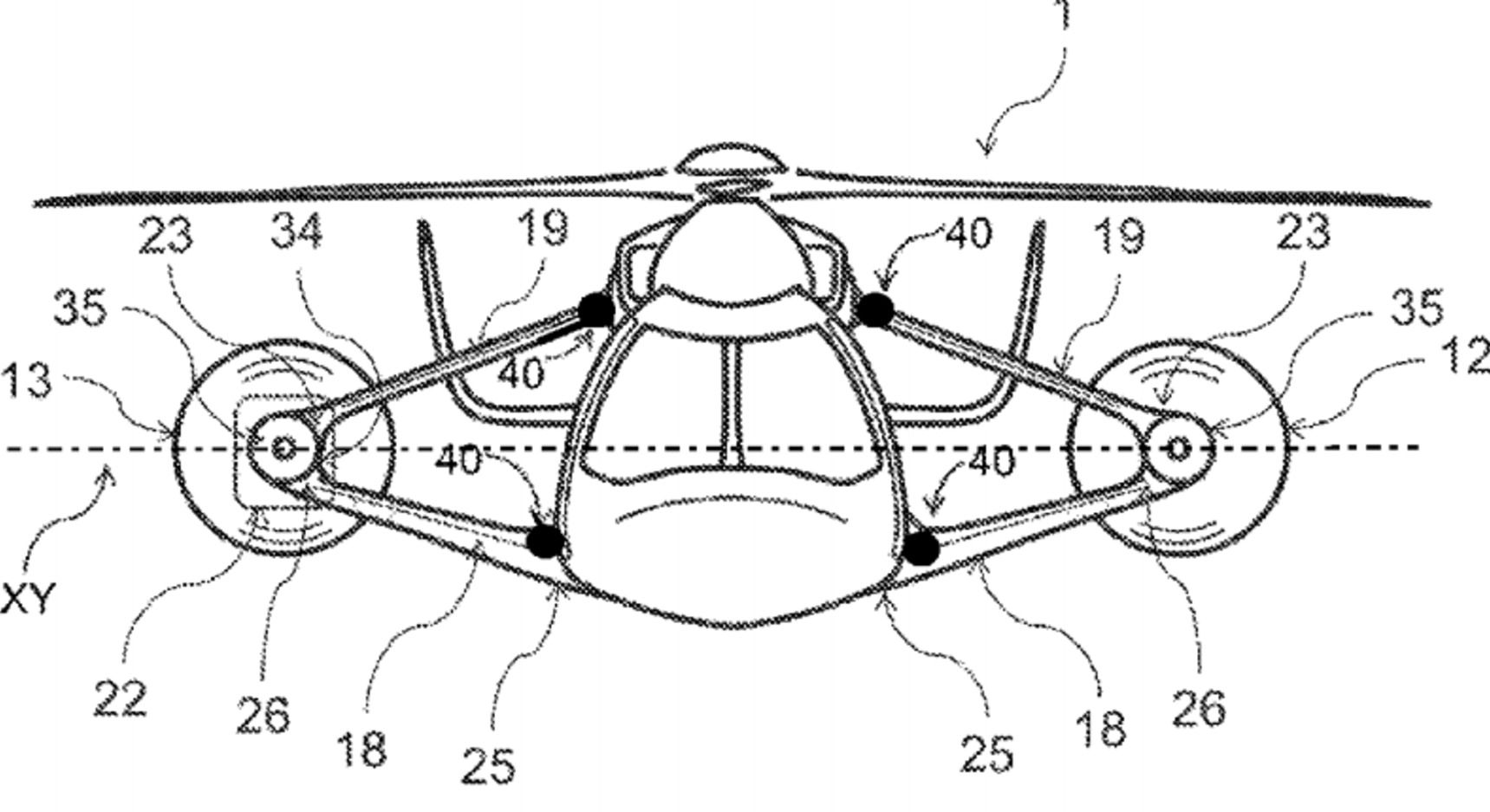
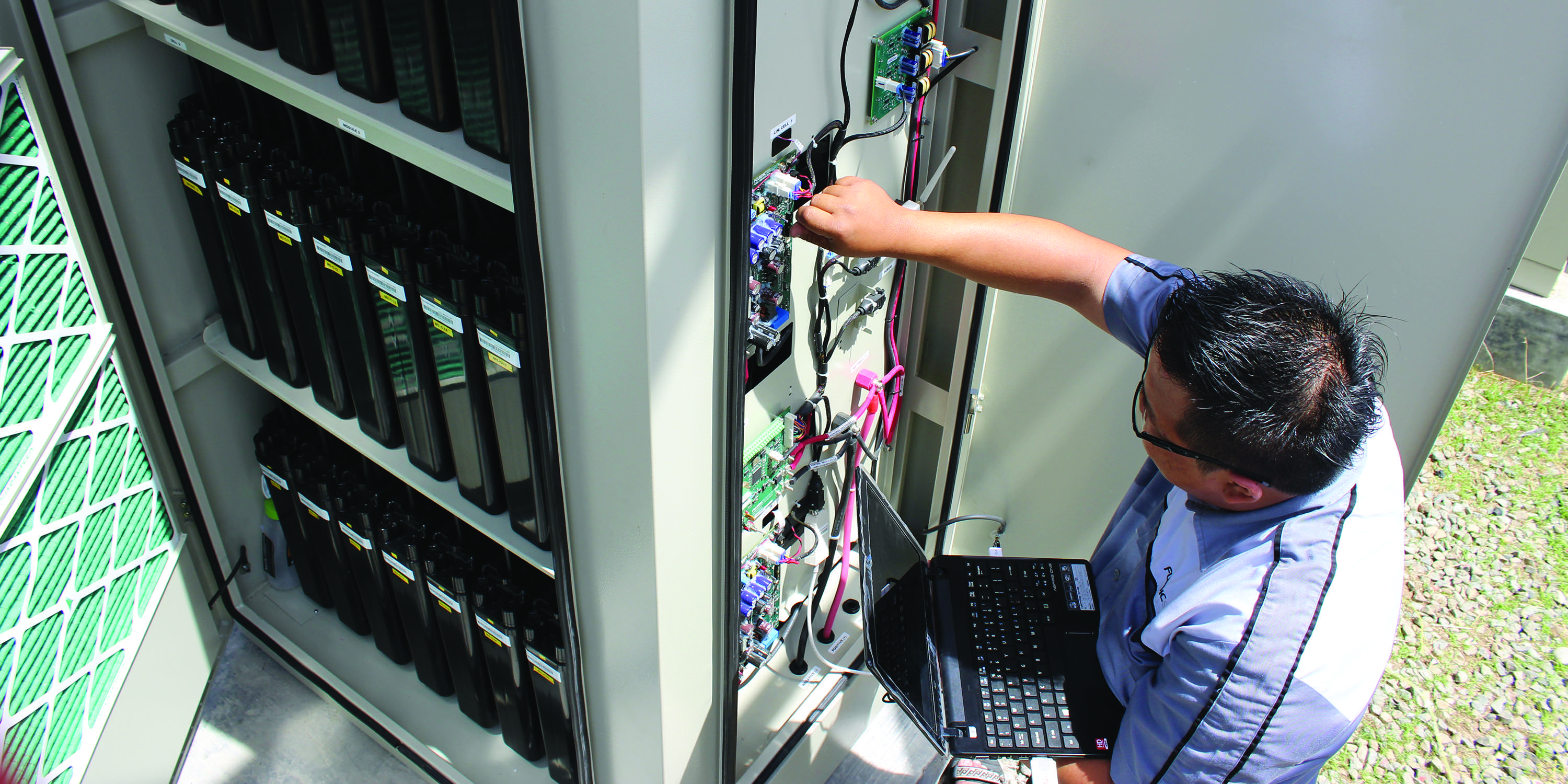
Got to luv this.
Is this brand new type of battery the key to clean energy and off-grid electricity?
Lithium-ion batteries are having a moment. After becoming the de facto battery in laptops and cell phones over the years, they’re now starting to power electric cars (like those made by Tesla) and plug into the power grid.
But lithium-ion batteries aren’t the only battery type in town. Some brand new battery varieties could actually be more promising than lithium-ion when it comes to storing energy generated by solar panels or used to power remote villages in Africa, India, and Asia.
“Airbus has filed a patent for the world’s fastest helicopter.”
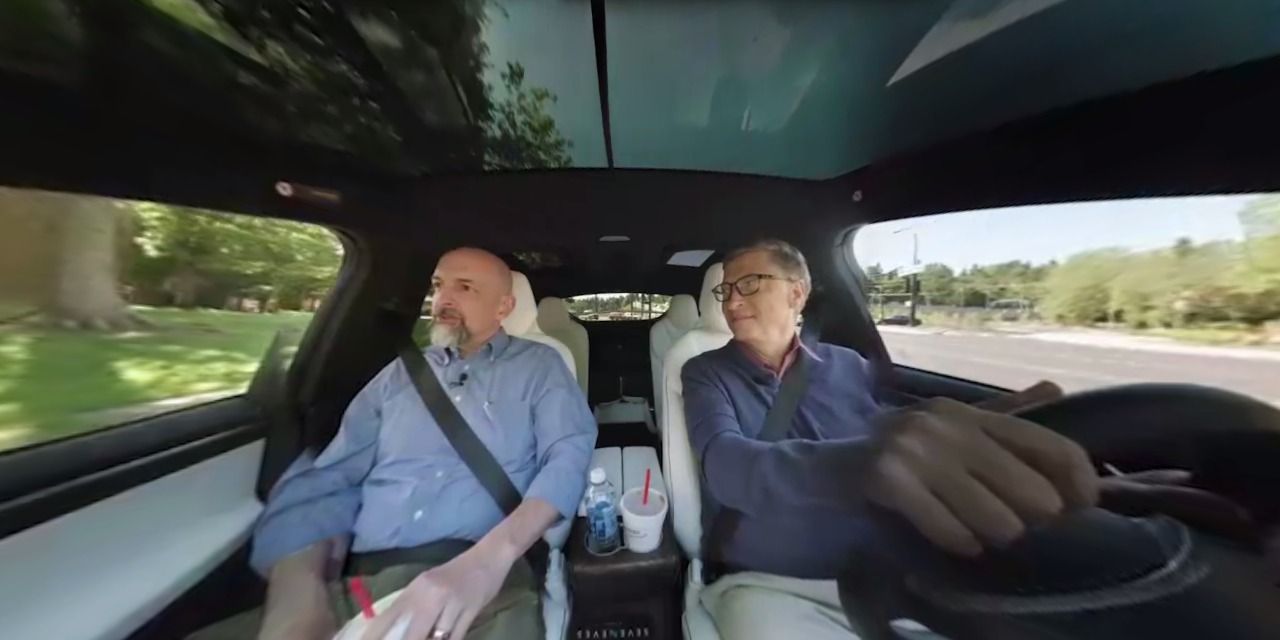
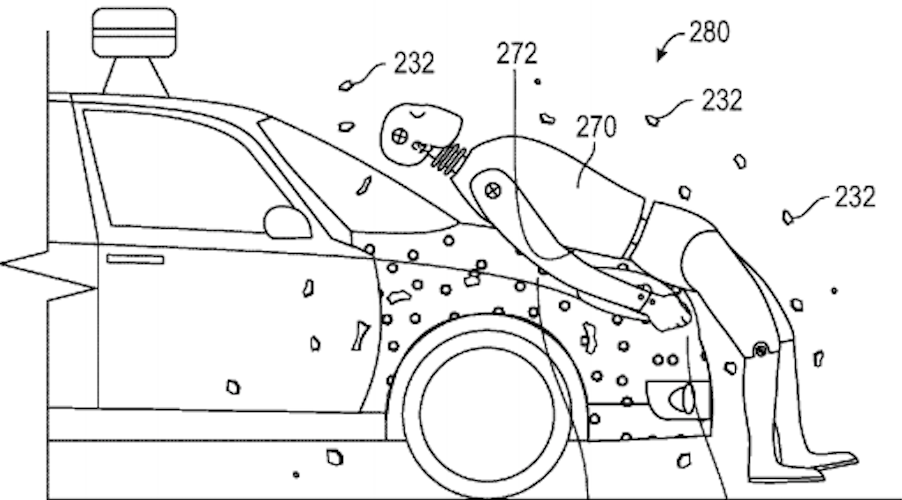
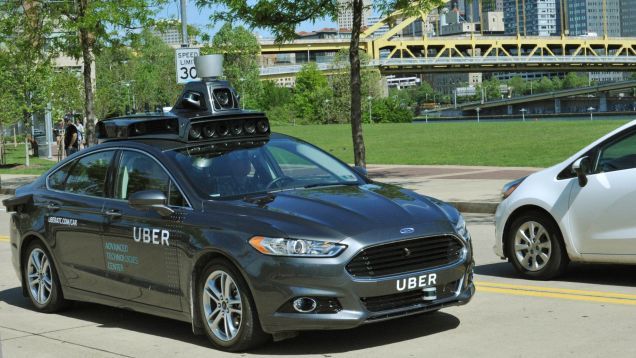
In a blog post today, Uber showed off the self-driving car that’s been stealthily cruising around Pittsburgh. The car is a hybrid Ford Fusion and is currently in early stages of safety testing. This particular Uber test vehicle was first spotted almost a year ago by local Pittsburgh media, but this is Uber’s first acknowledgement of such tests.
Uber and Google (among others) have been racing to be the first to develop self-driving taxis for over a year now. Uber “cleaned out” Carnegie Mellon and the National Robotics Engineering Center to be part of its Advanced Technology Center in Pittsburgh, the research arm responsible for developing this “look ma, no hands” technology. This heavy hiring out of Carnegie Mellon could give Uber a big boost. The Pittsburgh-based university considers itself the birthplace of self-driving cars, and it probably is. CMU researchers were testing autonomous vehicles before Google even existed.
In March, Uber also joined a coalition, this time in partnership with Google, to advocate for self-driving adoption.
New and improve fuel cells.
Fuel cells, which generate electricity from chemical reactions without harmful emissions, have the potential to power everything from cars to portable electronics, and could be cleaner and more efficient than combustion engines. Abstract: Fuel cells, which generate electricity from chemical reactions without harmful emissions, have the potential to power everything from cars to portable electronics, and could be cleaner and more efficient than combustion engines.
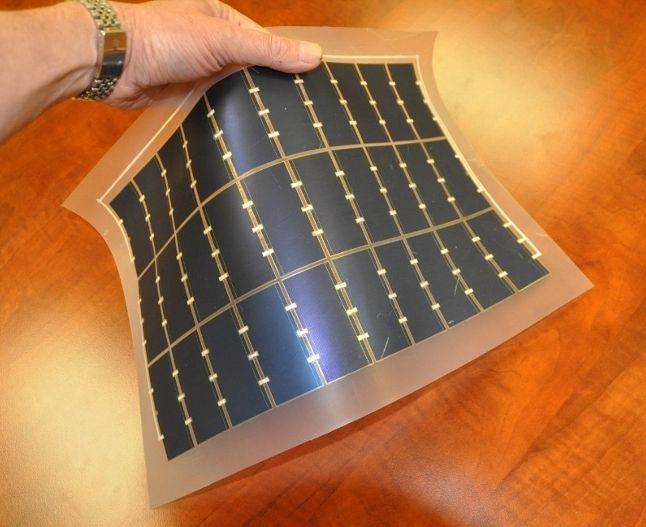
Nice.
NILES, Ill., May 18, 2016 /PRNewswire/ — MicroLink Devices is proud to announce that Airbus Defence and Space has issued a production contract for MicroLink’s epitaxial liftoff (ELO)-based multijunction solar sheets for use on the new Zephyr S platform.
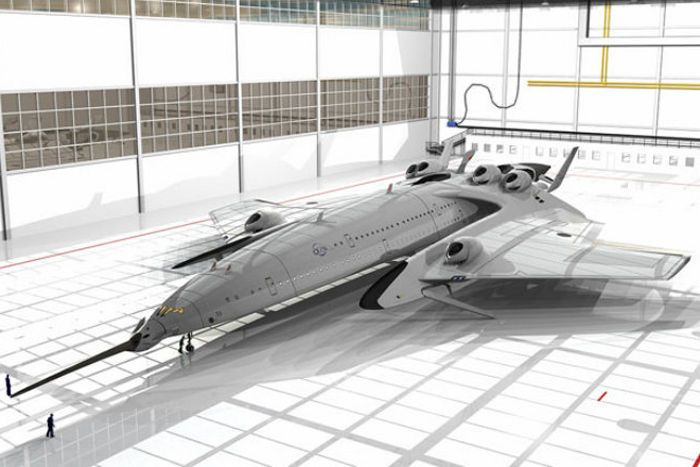
If today’s aviation advances aren’t moving fast enough for you — tray table technology hasn’t budged in decades — you’ll want to check out the futuristic visions of Spanish industrial designer Oscar Viñals.
The Flash Falcon is a future concept jetliner powered by portable fusion reactors. That technology isn’t here yet, of course, but Viñals kind of specializes in “what if?” scenarios.
